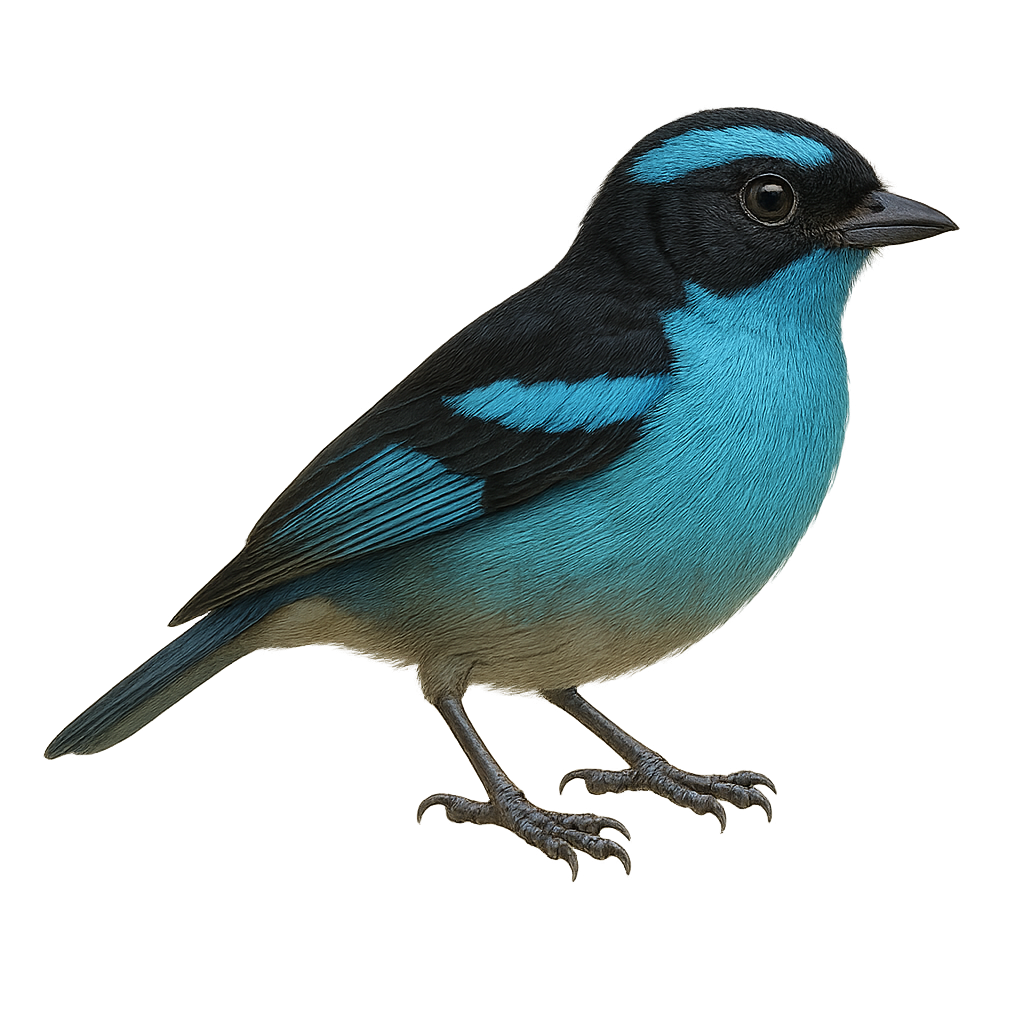Your wildlife photography guide.
Explore the blue-browed tanager in detail, study its behavior, prepare your shots.
Where to observe and photograph the blue-browed tanager in the wild
Learn where and when to spot the blue-browed tanager in the wild, how to identify the species based on distinctive features, and what natural environments it inhabits. The WildlifePhotographer app offers tailored photography tips that reflect the blue-browed tanager’s behavior, helping you capture better wildlife images. Explore the full species profile for key information including description, habitat, active periods, and approach techniques.
Blue-browed Tanager
Scientific name: Tangara cyanotis

IUCN Status: Least Concern
Family: THRAUPIDAE
Group: Birds
Sensitivity to human approach: Suspicious
Minimum approach distance: 10 m
Courtship display: November to January
Incubation: 13-15 jours
Hatchings: November to February
Habitat:
Humid forests, forest edges, wooded areas
Activity period :
Primarily active during the day, with peak activity in the morning and late afternoon.
Identification and description:
The Blue-browed Tanager, or Tangara cyanotis, is a small, colorful bird of the Amazonian tropical rainforests, easily recognized by its bright blue eyebrow contrasting with a black head and vivid green body. It is mainly found in the Amazon Basin, particularly in Peru, Bolivia, and western Brazil. It forages in small flocks in the canopy, feeding on fruits, nectar, and insects. Though not shy, it remains discreet, and its vibrant colors make it a favorite among birdwatchers. The species is considered stable.
Recommended lens:
400mm – adjust based on distance, desired framing (portrait or habitat), and approach conditions.
Photography tips:
To photograph the Blue-browed Tanager, focus on transition areas between dense forest and clearings, where they are often active. Use a 400mm lens or longer to capture precise details of their colorful plumage. Be patient and discreet, as these birds can be suspicious. Morning is the best time to observe them, as they are more active and the natural light is ideal for photography. Try to capture their natural behavior, such as foraging or singing, for lively and dynamic images.
The WildlifePhotographer App is coming soon!
Be the first to explore the best nature spots, track rutting seasons, log your observations, and observe more wildlife.
Already 1 429 wildlife lovers subscribed worldwide

